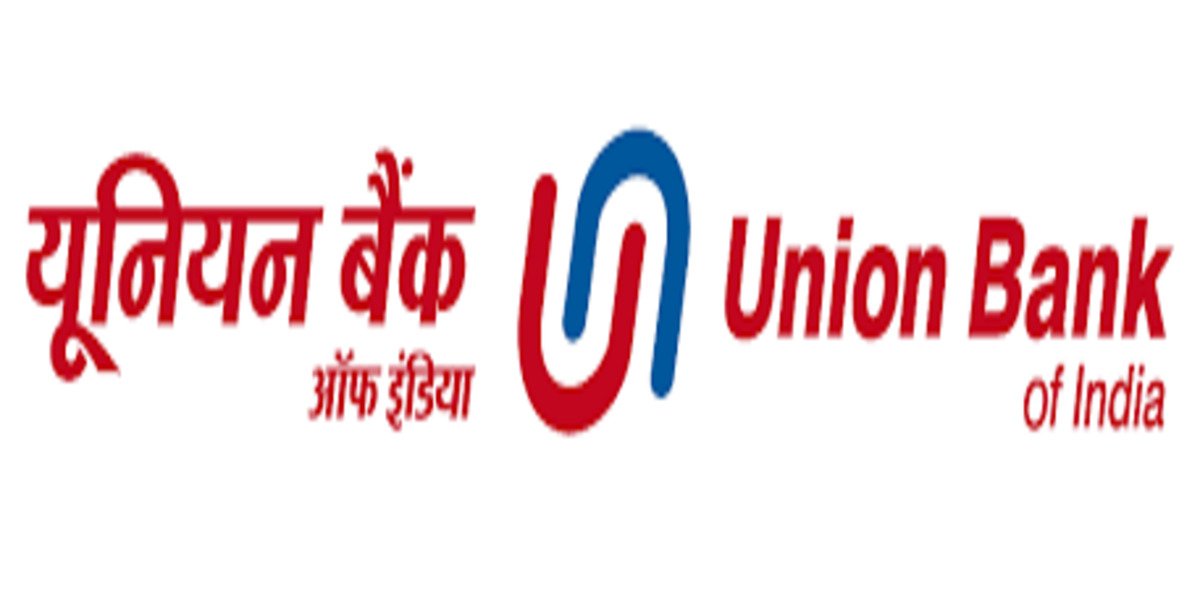About Union Bank Shares:
Union Bank of India, one of the leading public sector banks in India, has a rich history that reflects its growth and resilience. Established in 1919, the bank has undergone significant transformations over the decades. This section covers the historical journey of Union Bank shares, tracking their performance from inception to the present day.
Union Bank’s journey in the stock market began in 2002 when it got listed on the Bombay Stock Exchange. The initial listing price was modest, but the bank’s shares have seen substantial growth over the years, reflecting the bank’s expanding operations and increasing profitability.
History of Union Bank Shares:

In its early years, Union Bank focused on expanding its branch network and improving its technological infrastructure. The bank’s emphasis on internet banking in 2003 was a significant step forward, making its services more accessible to a broader audience. This move positively impacted the stock price, which rose steadily during this period.
Inception and Early Years
Union Bank of India was incorporated on November 11, 1919. It began its operations in Mumbai with a capital of Rs. 1 crore. The shares of Union Bank were first listed on the Bombay Stock Exchange (BSE) in 2002.
| Year | Event | Stock Price (INR) |
|---|---|---|
| 2002 | Listed on BSE | 17.35 |
| 2003 | Introduction of internet banking | 25.50 |
| 2007 | Expansion of branches to 2,000 | 54.10 |
| 2011 | Crossed 3,000 branches milestone | 79.75 |
| 2016 | Launch of digital banking services | 90.25 |
| 2020 | Merger with Andhra Bank and Corporation Bank | 44.30 |
| 2023 | Introduced new digital banking initiatives | 66.50 |
Growth and Development
Over the years, Union Bank shares have witnessed several peaks and troughs influenced by various internal and external factors. Key milestones that impacted the stock price include technological advancements, strategic mergers, and expansions.
| Year | Significant Event | Impact on Stock Price |
|---|---|---|
| 2002 | Listing on BSE | Positive, initial rise |
| 2007 | Economic boom in India | Significant increase |
| 2008 | Global financial crisis | Sharp decline |
| 2010 | Recovery and growth | Gradual rise |
| 2016 | Emphasis on digital banking | Steady growth |
| 2020 | Merger with Andhra Bank and Corporation Bank | Mixed reactions, volatile |
| 2022 | Post-pandemic recovery | Moderate increase |
Future of Union Bank Shares

Union Bank’s market capitalization and profitability metrics suggest a positive outlook for the future. The bank’s market cap has grown significantly post-merger, and the net profit figures indicate robust financial health. Analysts predict continued growth in the coming years, driven by the bank’s focus on expanding its digital footprint and enhancing customer experience.
Market Capitalization and Profitability
Union Bank of India’s market capitalization and profitability metrics are crucial indicators of its future potential. As of 2023, the bank’s market cap stands at approximately INR 50,000 crores, with a consistent growth in profits post-merger.
| Year | Market Cap (INR Crores) | Net Profit (INR Crores) |
|---|---|---|
| 2020 | 30,000 | 1,350 |
| 2021 | 35,000 | 1,800 |
| 2022 | 42,000 | 2,100 |
| 2023 | 50,000 | 2,500 |
Growth Predictions
Based on current trends and the bank’s strategic initiatives, analysts predict a positive outlook for Union Bank shares. The bank’s focus on expanding its digital footprint and enhancing customer experience is expected to drive growth.
| Year | Projected Market Cap (INR Crores) | Projected Net Profit (INR Crores) |
|---|---|---|
| 2024 | 55,000 | 2,800 |
| 2025 | 60,000 | 3,200 |
| 2026 | 65,000 | 3,600 |
Is Union Bank Shares Safe to Buy?

Financial Health and Stability
Union Bank of India has shown consistent growth in its financial health post-merger, reflected in its improving asset quality and capital adequacy ratio.
| Year | Capital Adequacy Ratio (%) | Gross NPA (%) | Net NPA (%) |
|---|---|---|---|
| 2020 | 13.4 | 14.9 | 6.3 |
| 2021 | 14.2 | 12.5 | 5.1 |
| 2022 | 15.1 | 10.8 | 4.2 |
| 2023 | 16.0 | 8.9 | 3.5 |
Risk Factors
Despite its strengths, potential investors should consider several risk factors:
- Economic Downturns: Economic fluctuations can impact bank earnings and stock prices.
- Regulatory Changes: Changes in banking regulations could affect operations.
- Competitive Pressure: Intense competition in the banking sector can influence profitability.
Investment Recommendations
Given the positive financial indicators and growth prospects, Union Bank shares appear to be a relatively safe investment. However, it is advisable to conduct thorough research and consider diversifying investments to mitigate risks.
Investing in Union Bank shares appears to be relatively safe, considering the bank’s strong financial indicators and growth prospects. The improving capital adequacy ratio and declining gross and net NPA percentages indicate a stable and healthy financial position.
Conclusion
Union Bank of India has evolved significantly since its inception, adapting to market changes and technological advancements. Its shares have mirrored this journey, reflecting both challenges and growth opportunities. The future looks promising for Union Bank shares, driven by strategic initiatives and a strong financial foundation. Investors looking for a stable, long-term investment in the banking sector might find Union Bank shares to be a suitable option, albeit with due diligence and consideration of market risks.
